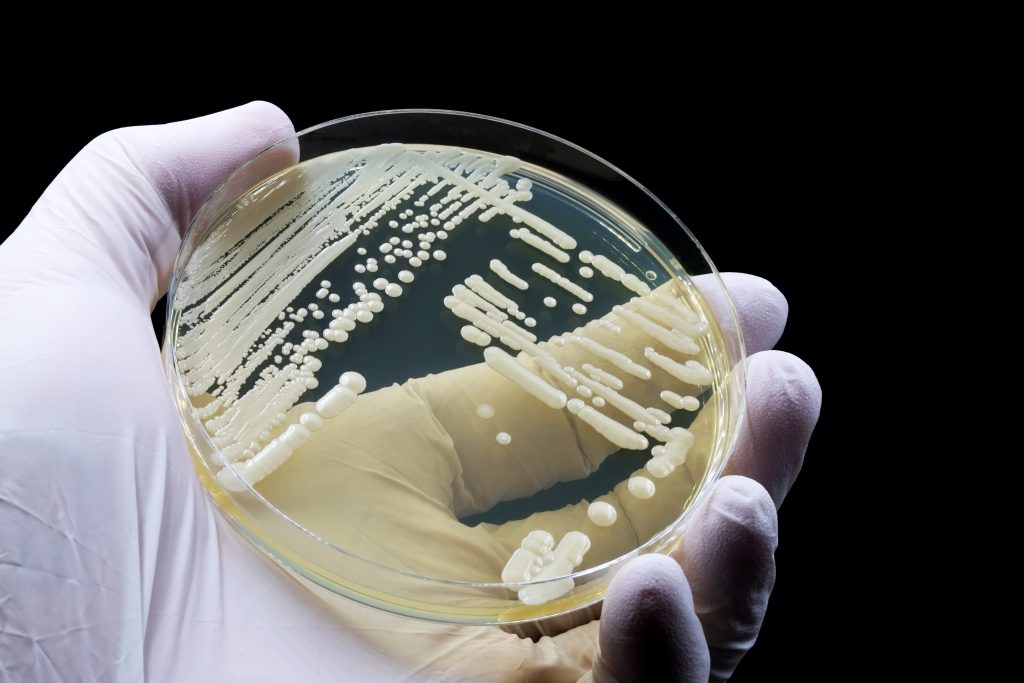Exploring the World of Supplements with Andrew Huberman
Supplements have become increasingly popular in recent years as people search for ways to enhance their health and well-being. One expert who has been at the forefront of this field is Andrew Huberman, a renowned neuroscientist and researcher. This article will delve into Huberman’s insights and explore the fascinating world of supplements.
Supplements
Understanding Andrew Huberman’s Background
Andrew Huberman’s fascination with the human brain began at a young age. From the moment he laid eyes on a diagram of the brain in his high school biology textbook, he was captivated by its complexity and potential. This early curiosity propelled him on a journey of discovery and exploration that would shape his future.
Huberman’s pursuit of his passion led him to obtain a Ph.D. in neuroscience, immersing himself in the intricacies of the brain and its functions. Guided by his insatiable thirst for knowledge, he delved into the world of neural circuits, seeking to unravel the mysteries of how they work and how they impact various aspects of human health.
Huberman’s Journey into Neuroscience
A relentless pursuit of understanding marked Andrew Huberman’s journey into neuroscience. He spent countless hours in the laboratory, meticulously conducting experiments and analyzing data. His dedication and perseverance paid off as his groundbreaking research shed light on the brain’s inner workings.
One of Huberman’s most significant contributions to the field of neuroscience was his discovery of a previously unknown neural pathway that plays a crucial role in regulating emotions. This groundbreaking finding opened up new avenues for understanding and treating mental health disorders, offering hope to millions of people around the world.
Huberman’s work also extended beyond the laboratory. He actively engaged with the scientific community, sharing his knowledge and insights through lectures and publications. His ability to communicate complex concepts in a clear and accessible manner made him a sought-after speaker, inspiring a new generation of aspiring neuroscientists.
Huberman’s Role in Supplement Research
In this podcast, “Supplementation for Health and Performance”, Huberman recommends supplements for mental health, physical health, relaxation, and sleep.
As a renowned neuroscientist, Andrew Huberman has made significant contributions to the field of supplement research. His expertise lies in understanding how supplements interact with the brain and influence overall health. Through his studies, Huberman aims to uncover the potential benefits and risks associated with supplement use.
Huberman’s research in the realm of supplements has focused on exploring the effects of various compounds on neural circuits. He has conducted extensive experiments to determine how these substances affect brain function and whether they have the potential to enhance cognitive abilities or alleviate certain neurological conditions.
One of Huberman’s most notable findings in supplement research was his discovery of a natural compound that has shown promising results in promoting neuroplasticity. This compound has the potential to enhance the brain’s ability to rewire itself, offering new possibilities for treating neurodegenerative diseases and aiding in recovery from brain injuries.
Huberman’s work in supplement research has not only advanced our understanding of the brain but also provided valuable insights into the potential benefits and risks associated with supplement use. His findings have helped shape the development of safer and more effective supplements, ensuring that individuals can make informed decisions about their health and well-being.
The Science Behind Supplements
Supplements have become increasingly popular in recent years as people strive to optimize their health and well-being. But what exactly is the science behind these little capsules and powders? Let’s delve deeper into the role of supplements in human health and debunk some common myths surrounding them.
The Role of Supplements in Human Health
Supplements are designed to complement a healthy lifestyle and provide essential nutrients that may be lacking in your diet. Your body requires many vitamins, minerals, and other nutrients to function optimally. However, you may not always get all the nutrients you need from meals alone due to various factors such as poor dietary choices, limited food availability, or specific health conditions.
This is where supplements come into play. They can help fill the nutritional gaps and ensure your body receives the nutrients necessary to support overall health and well-being. Whether it’s vitamin D for bone health, omega-3 fatty acids for heart health, or probiotics for gut health, supplements can provide targeted support for specific areas of the body.
Andrew Huberman, a renowned neuroscientist, emphasizes that supplements should never be a substitute for a balanced diet. It’s crucial to prioritize consuming a variety of nutrient-dense foods to meet our nutritional needs. However, supplements can play a valuable role in providing additional support when our diets fall short.
Debunking Common Myths about Supplements
There are numerous misconceptions surrounding supplements, and Andrew Huberman aims to debunk these myths to help people make informed decisions about their health. One prevalent belief is that all supplements are created equal. However, Huberman explains that the quality and efficacy of supplements can vary significantly.
When choosing supplements, opting for reputable brands that undergo rigorous testing and adhere to strict quality control standards is important. This ensures that the supplements contain the stated ingredients in the correct amounts and are free from contaminants. By selecting high-quality supplements, you can have confidence in their effectiveness and safety.
Another common misconception is that more is always better when it comes to supplements. Some people believe that taking excessive amounts of supplements will lead to better health outcomes. However, Huberman suggests that it’s essential to take the recommended dosage and avoid exceeding it.
Excessive consumption of certain nutrients can have adverse effects on our health. For example, taking high doses of fat-soluble vitamins like vitamin A or vitamin E can lead to toxicity. It’s crucial to follow the recommended guidelines provided by healthcare professionals or supplement manufacturers to ensure safe and effective use.
Furthermore, it’s important to note that supplements are not a one-size-fits-all solution. Each person’s nutritional needs are unique, and what works for one individual may not work for another. Consulting with a healthcare professional or a registered dietitian can help determine which supplements, if any, are appropriate for you based on your specific health goals and requirements.
In conclusion, supplements can be valuable additions to a healthy lifestyle, providing essential nutrients that may be lacking in our diets. However, it’s crucial to choose high-quality supplements from reputable brands and follow the recommended dosage to ensure their effectiveness and safety. By understanding the science behind supplements and debunking common myths, you can make informed decisions to support your overall health and well-being.
Nutrition
Andrew Huberman’s Take on Supplements
When it comes to supplements, Andrew Huberman has his favorites. Among his top recommendations are omega-3 fatty acids, vitamin D, and magnesium. He highlights the numerous studies supporting the benefits of these supplements in promoting brain health and overall well-being.
Omega-3 fatty acids, commonly found in fish oil supplements, have been extensively studied for their potential to improve cognitive function and reduce inflammation in the brain. These essential fatty acids are crucial in maintaining healthy brain cell membranes and supporting neurotransmitter function.
Vitamin D, often referred to as the “sunshine vitamin,” is not only important for bone health but also plays a role in brain function. Research suggests that vitamin D deficiency may be linked to an increased risk of cognitive decline and mood disorders. Supplementing with vitamin D can help ensure adequate levels, especially in individuals who have limited sun exposure.
Magnesium is an essential mineral that is involved in various biochemical reactions in the body, including those related to brain function. It has been shown to have a calming effect on the nervous system, helping to reduce anxiety and improve sleep quality. Additionally, magnesium plays a role in maintaining healthy blood pressure and glucose levels.
The Risks and Benefits According to Huberman
While supplements can offer a range of benefits, Andrew Huberman cautions that not all supplements are suitable for everyone. He stresses the importance of consulting with healthcare professionals before adding new supplements to your regimen, especially if you have any underlying health conditions or are taking medications.
Huberman believes that proper education and understanding of supplements’ risks and benefits are vital to ensure their safe and effective use. It is essential to consider factors such as dosage, potential interactions with medications, and individual health needs when incorporating supplements into one’s routine.
Furthermore, Huberman emphasizes the importance of obtaining nutrients from a balanced diet whenever possible. While supplements can be beneficial, they should not be seen as a substitute for a healthy lifestyle and nutritious food choices. A well-rounded diet rich in fruits, vegetables, whole grains, and lean proteins provides a wide array of essential vitamins and minerals that are necessary for optimal health.
It is worth noting that the supplement industry is not regulated as strictly as pharmaceuticals, which means that the quality and efficacy of supplements can vary. Huberman advises consumers to choose reputable brands that undergo third-party testing to ensure product purity and accuracy of ingredient labeling.
In conclusion, Andrew Huberman’s recommendations for supplements include omega-3 fatty acids, vitamin D, and magnesium. However, he emphasizes the importance of consulting with healthcare professionals, understanding the risks and benefits, and obtaining nutrients primarily from a balanced diet. Individuals can make informed decisions about their health and well-being by approaching supplements with caution and knowledge.
The Future of Supplements: Huberman’s Predictions
Emerging Trends in Supplement Research
Andrew Huberman is excited about the future of supplement research. He predicts that emerging technologies will allow for a deeper understanding of how supplements interact with the body, leading to more targeted and personalized recommendations.
Huberman’s Vision for Supplement Use in Healthcare
Looking ahead, Huberman envisions a future where supplements are seamlessly integrated into traditional healthcare practices. He believes that supplements, when used appropriately and supported by scientific evidence, can play a crucial role in preventive healthcare and enhancing overall well-being.
Applying Huberman’s Insights to Your Supplement Regimen
How to Choose the Right Supplements
With a multitude of supplements available on the market, selecting the right ones can be overwhelming. Andrew Huberman recommends considering your unique health needs and consulting with healthcare professionals who can provide personalized guidance.
Tips for Safe and Effective Supplement Use
To maximize the benefits of supplements while minimizing risks, Huberman offers some valuable tips. These include following recommended dosages, being mindful of potential interactions with medications, and purchasing supplements from reputable sources. It’s also essential to maintain overall wellness through a balanced diet and regular exercise.
Conclusion
In conclusion, exploring the world of supplements with Andrew Huberman reveals the potential benefits and risks associated with their use. Huberman’s expertise in neuroscience provides valuable insights into how supplements can support brain health and overall well-being. By understanding the science behind supplements, debunking common myths, and following Huberman’s recommendations, individuals can navigate the supplement landscape more confidently and make informed choices for their health. Elevate your NAD+ levels with Vitality ↑® NAD Boost to get better sleep and have more energy throughout the day.
Lastly, if you’re interested in going deeper on health-related content, here are a few of our recent posts that you may want to read:
- The 24 Hottest Biohacking Trends in 2024
- Unlocking the Secrets: Effective Strategies to Slow Aging
- Why Muscle Is Your Biggest Alley in the Anti-Aging Strategy
- 9 Powerful Benefits of Optimizing Your NAD
Boost your NAD levels to optimize your health and longevity. Get an exclusive 20% OFF today by using code Blog20. Click here to order.











